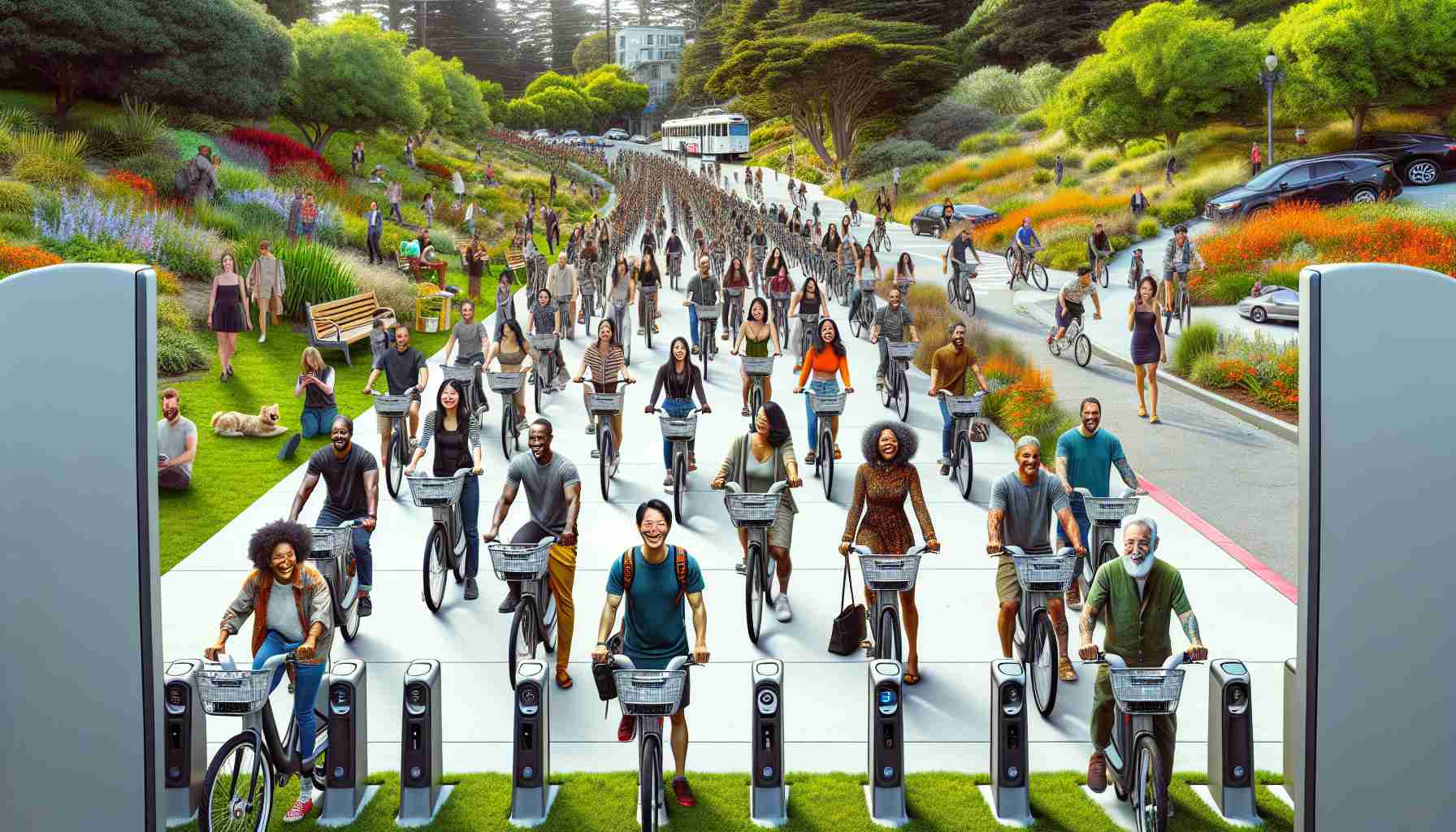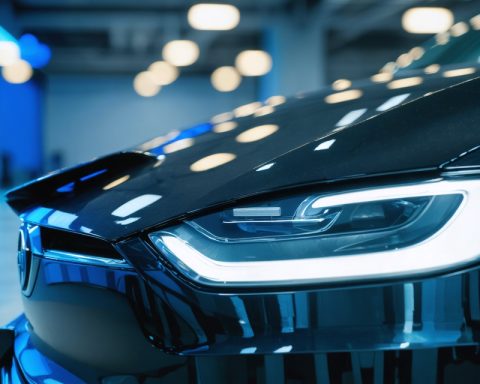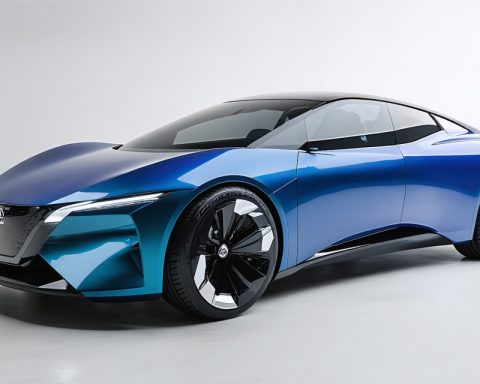Оператор региональной системы велопроката Bay Wheels, компания Lyft, и Метрополитенское транспортное комиссионерство (MTC) расширяют свою деятельность в Восточном заливе. В апреле 2024 года MTC и Lyft объявили о добавлении 24 новых станций для пристыковывания и 565 электро-велосипедов нового поколения в Окленде и Эмеривилле. В Беркли также ожидается появление новых электро-велосипедов после окончательного согласования с местными властями.
Это расширение становится второй фазой стратегии роста, начатой прошлой осенью, которая предусмотрела введение более 1500 новых электро-велосипедов и 30 станций для пристыковывания в Сан-Франциско и Сан-Хосе. В рамках этой стратегии Bay Wheels также снизил стоимость годовой членской платы и платы за использование электро-велосипедов, стремясь увеличить количество пользователей и сократить операционные расходы для долгосрочной устойчивости.
Каролин Сампонаро, вице-президент по транспорту и политике микромобильности в Lyft, подчеркивает важность этого расширения и партнерства с MTC, отмечая их ведущую роль в укреплении системы велопроката в городском транспорте. Альфредо Педроза, председатель MTC и супервизор округа Напа, заявляет о значимости велопроката, особенно электро-велосипедов, в снижении выбросов парниковых газов и достижении экологических целей.
Для увеличения флота электро-велосипедов Bay Wheels, Lyft и MTC запускают пилотные проекты сетей зарядных станций, использующих новейшую технологию станций Lyft. Эти электрифицированные станции улучшают доступность электро-велосипедов, обеспечивая достаточную зарядку батарей и оптимизируя операции. Ранее батареи электро-велосипедов заряжались в складах и затем вручную устанавливались на станциях.
Новые электро-велосипеды Bay Wheels были хорошо приняты, и их использование в три раза превышает использование классических педальных велосипедов. Эти электро-велосипеды нового поколения предлагают улучшенные характеристики, такие как удвоенный срок службы батареи, более мощные двигатели для подъема в гору, улучшенную стабильность и эргономику, более надежную защиту от угона, а также эксклюзивное использование станций для пристыковывания, обеспечивая предсказуемость и доступность для пассажиров.
Программа велопроката Bay Wheels играет важную роль в транспортных и экологических целях городов. Мэр Беркли, Джесси Аррегин, подчеркивает преимущества электро-велосипедов, как общедоступных, так и частных, в снижении использования автомобилей и достижении устойчивости городского транспорта. Город Беркли планирует дополнить появление электро-велосипедов Bay Wheels программами по предоставлению и возмещению займа на электро-велосипеды, реализуемыми городом, а также комиссией по транспорту округа Аламеда и Энергией Восточного залива.
С момента запуска в 2017 году Bay Wheels стала региональной программой велопроката в заливе Сан-Франциско с более чем 6000 велосипедами, включая педалеприводные и электрические велосипеды, доступными на более чем 500 станциях в нескольких городах. По мере расширения программы Bay Wheels ставит своей целью предоставить жителям и гостям альтернативный и экологически безопасный вид транспорта.







